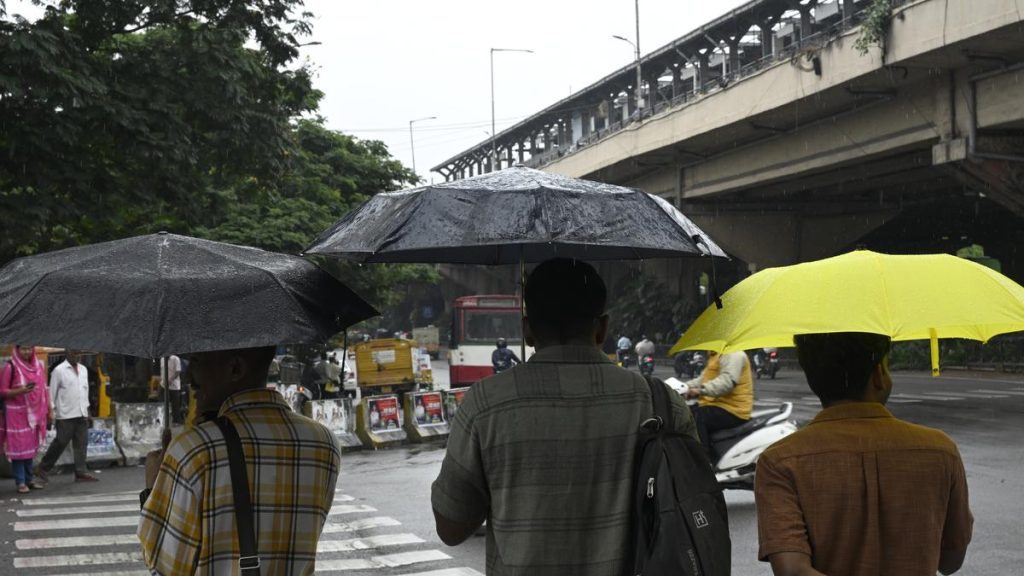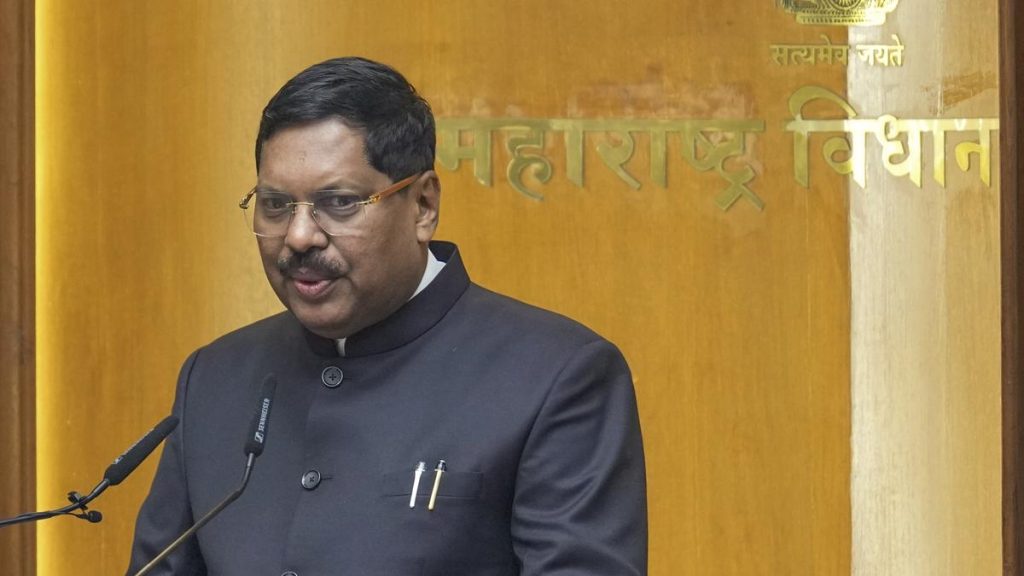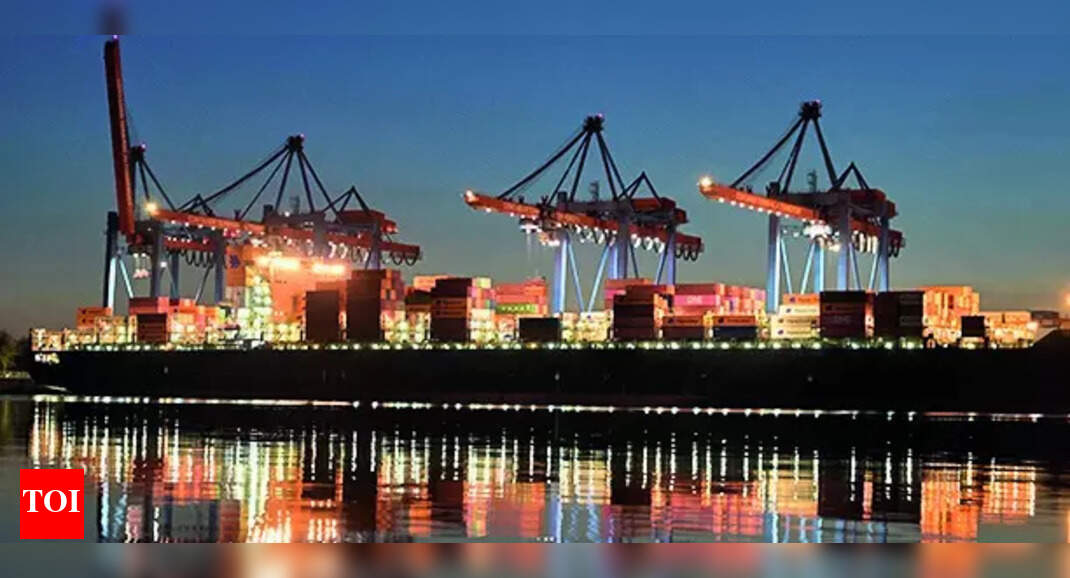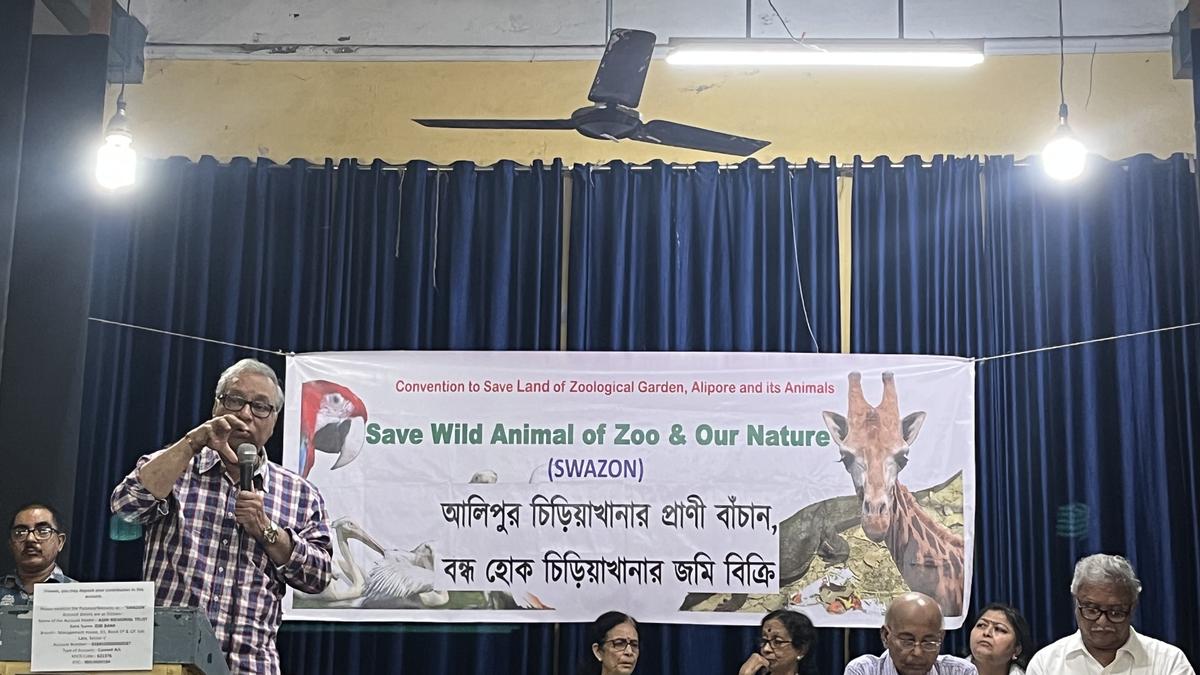Now Reading: Andhra Pradesh Sets Benchmark in Agrivoltaics, Says NSEF CEO
-
01
Andhra Pradesh Sets Benchmark in Agrivoltaics, Says NSEF CEO
Andhra Pradesh Sets Benchmark in Agrivoltaics, Says NSEF CEO

Quick Summary
- National Solar Energy Federation of India (NSEFI) CEO Subrahmanyam Pulipaka highlighted Andhra Pradesh’s (A.P.) potential to integrate agrivoltaics-dual use of land for agriculture and solar energy.
- At the A.P. State Consultation Workshop on agrivoltaics, he said A.P.’s extensive agricultural resources, solar potential, and progressive policies could make it a model for promoting agrivoltaics among Indian states.
- NSEFI is collaborating with agricultural universities to align agrivoltaic practices with the State’s diverse agro-climatic conditions.
- Agrivoltaic systems can create additional revenue for farmers by combining farming with solar power generation while contributing to climate-adaptive agricultural practices.
- NREDCAP vice-Chairman & managing Director M. Kamalakar Babu emphasized that A.P., as a leader in solar energy adoption, could strengthen rural economies and boost renewable energy integration through agrivoltaics.
- Regions like Rayalaseema, reliant on small crops such as pulses and millets, stand to especially benefit from this approach due to its income diversification potential.
Indian Opinion Analysis
The push toward integrating agrivoltaics in Andhra Pradesh reflects India’s ongoing efforts to harmonize sustainable advancement goals across sectors like agriculture and renewable energy. By possibly creating a replicable model for other states, Andhra Pradesh’s focus on combining solar installations with farmland utilization ensures dual benefits: clean energy production and farmer welfare through diversified incomes. Particularly in regions like Rayalaseema where customary revenues may be limited, advancing agrivoltaic systems could address rural economic challenges while reinforcing national carbon neutrality goals.
this initiative further aligns with global trends emphasizing synergies between climate-resilient food production systems and green technologies-a direction indicative of India’s proactive strategies amid rising concerns over climate change impacts on both food security and the environment.
Read more: Original Article























